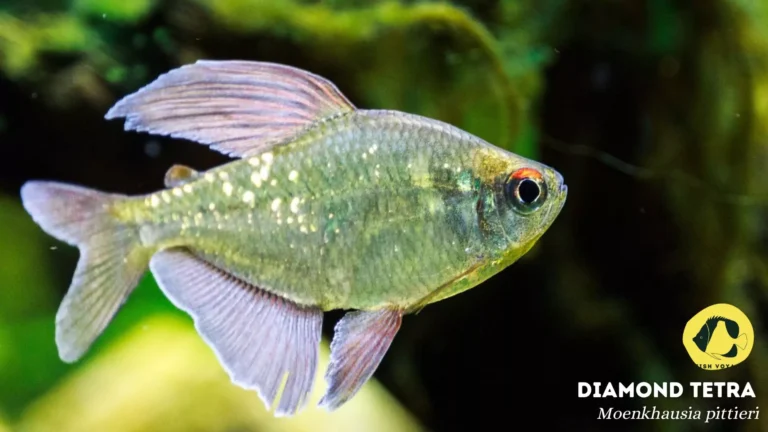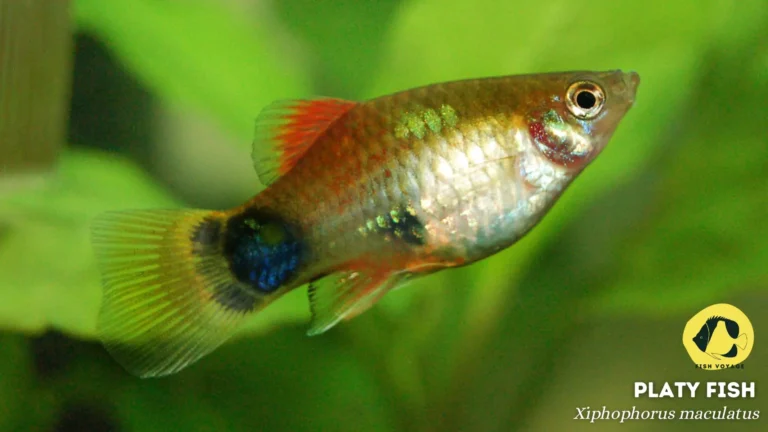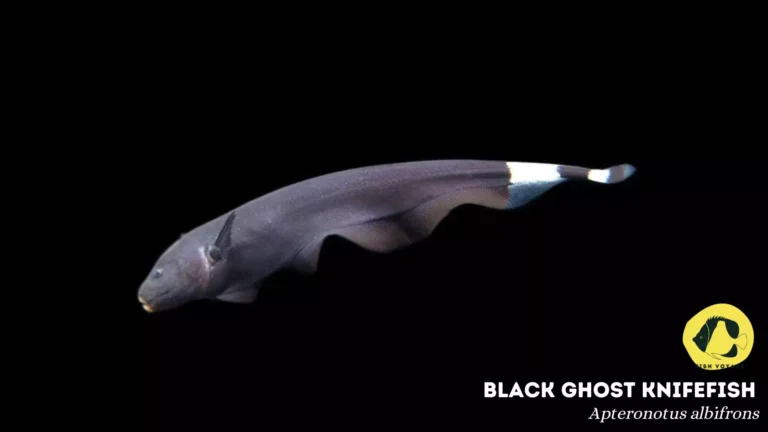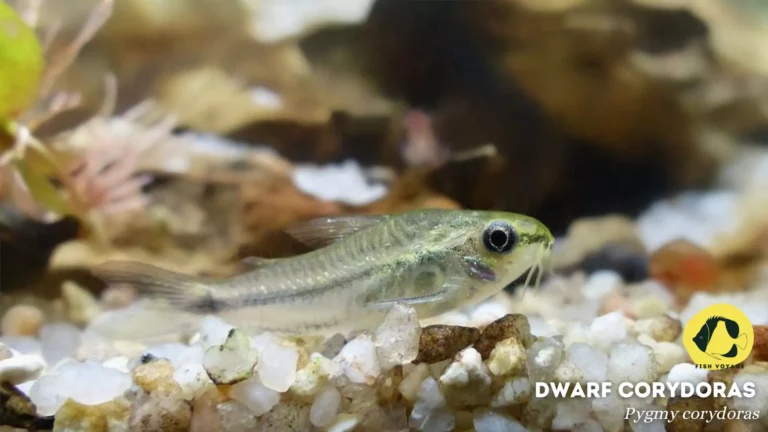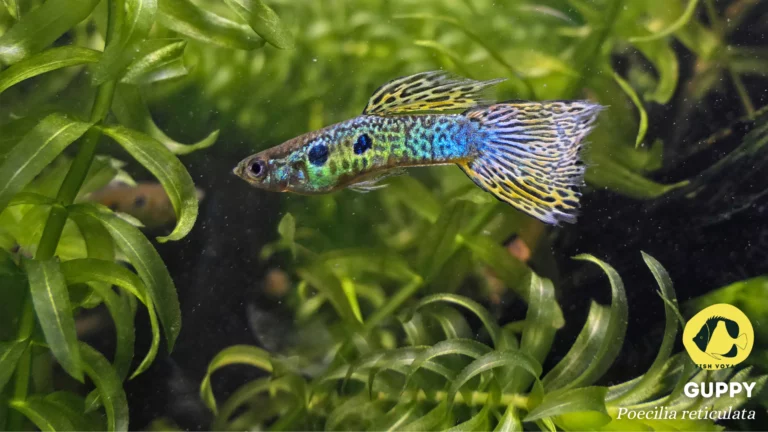What Fish Can Live In Cold Water?
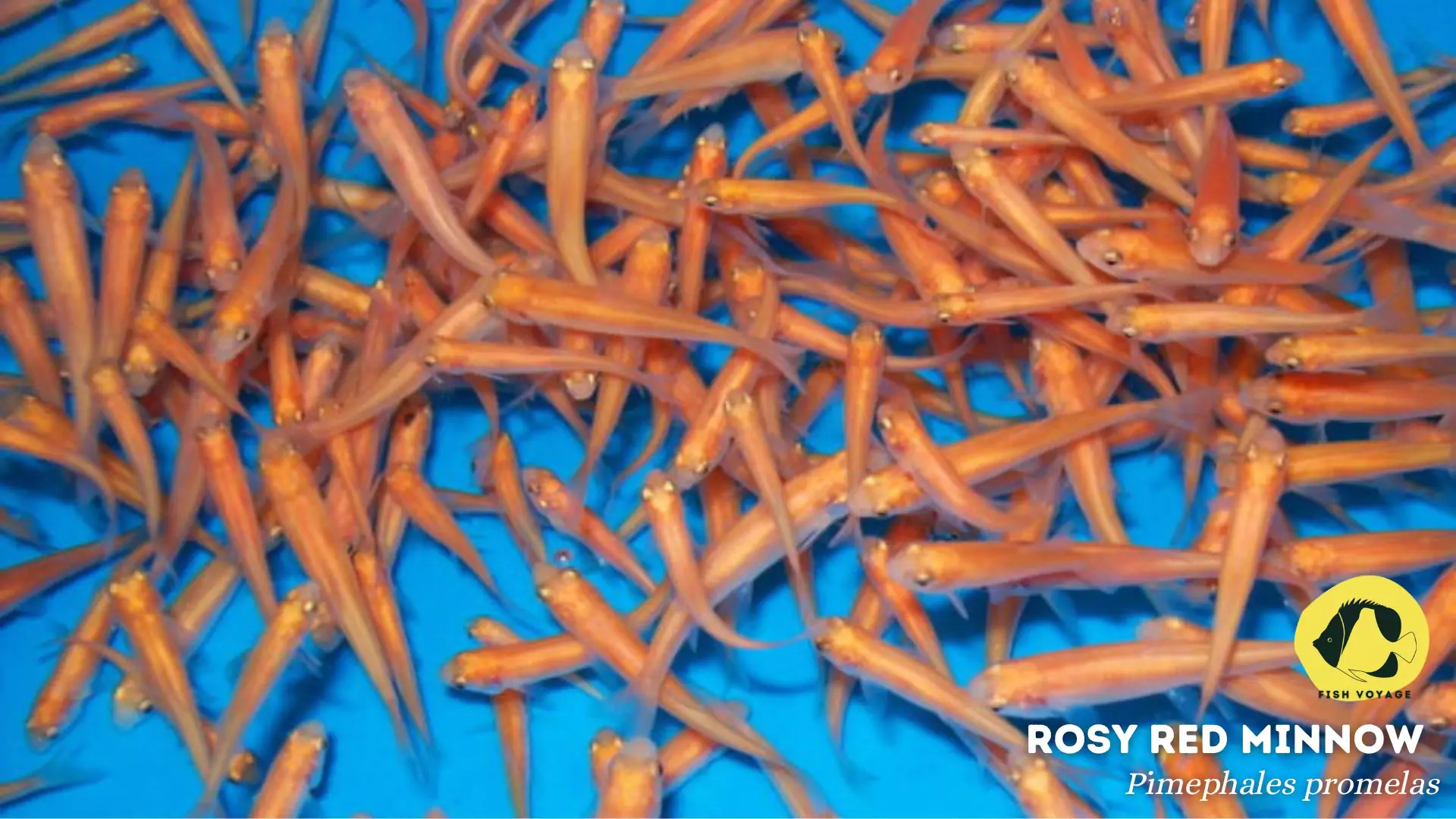
In the captivating world of aquarium enthusiasts, the allure of cold-water aquariums adds a unique charm to the hobby. These aquariums maintain a lower temperature range compared to tropical setups, providing a distinct environment for a variety of fascinating fish species. The key to a thriving cold-water aquarium lies in the thoughtful selection of fish that can thrive in these cooler conditions. Choosing the right fish is not just about meeting their biological needs but also about creating a harmonious ecosystem that promotes their well-being. In this comprehensive guide, we delve into the realm of cold-water aquariums, exploring the nuances of their maintenance and shedding light on the diverse array of fish that flourish in these cooler waters. Join us on a journey where temperature becomes an art, and the right choice of fish transforms a tank into a mesmerizing aquatic haven.
Understanding Cold-Water Aquariums
Definition of Cold-Water Aquariums
- Cold-water aquariums, with temperatures typically ranging between 50°F to 70°F (10°C to 21°C), stand in contrast to their warmer tropical counterparts.
- These setups mimic the conditions of temperate freshwater ecosystems, allowing for the exploration of a distinct range of aquatic life.
Temperature Range Significance
- The temperature range in cold-water aquariums is crucial, as it plays a pivotal role in the metabolic rate, behavior, and overall well-being of the fish residing within.
- Maintaining a precise temperature fosters an environment that mirrors the native habitats of cold-water species, promoting their natural behaviors and physiological processes.
Benefits of Cold-Water Tanks
- Diversity of Fish Species: Cold-water aquariums open the door to a diverse selection of fish, each adapted to cooler climates. From the iconic goldfish to the charming White Cloud Mountain Minnow, enthusiasts can curate a captivating aquatic display.
- Lower Energy Costs: Cold-water setups often require less energy for heating, contributing to lower operational costs and a more eco-friendly approach to aquarium keeping.
- Algae Control: Cooler temperatures can help control algae growth, offering a practical solution for those seeking a balanced and visually appealing aquarium ecosystem.
- Extended Longevity: Certain cold-water species are known for their longevity, and a well-maintained cold-water tank can provide a sustainable and enduring home for aquatic companions.
Harmony with Temperate Freshwater Ecosystems
- Cold-water aquariums allow enthusiasts to connect with and replicate the ecosystems of temperate freshwater regions, fostering a deeper appreciation for the delicate balance of these environments.
- This connection enhances the educational aspect of aquarium keeping, promoting awareness about the diverse aquatic life adapted to cooler temperatures.
In delving into the nuances of cold-water aquariums, we not only embrace a unique facet of the aquarium hobby but also embark on a journey of conservation and appreciation for the mesmerizing world beneath the water’s surface.
Ideal Temperature Ranges
Temperature Parameters
- Cold-Water Definition: Cold-water aquariums typically maintain temperatures ranging from 50°F to 70°F (10°C to 21°C).
- Specificity Matters: Precision in maintaining these specific temperature ranges is crucial for the health and well-being of the cold-water fish species within the aquarium.
Significance of Monitoring
- Temperature’s Impact: Fish, being ectothermic, rely on external temperatures to regulate their metabolic processes. Fluctuations can stress the fish and compromise their immune systems.
- Role of Thermometer: A reliable aquarium thermometer is indispensable for accurate temperature monitoring. Regular checks ensure a stable environment, preventing potential health issues.
Behavioral and Physiological Balance
- Natural Behaviors: Cold-water species exhibit natural behaviors within these temperature ranges, promoting a harmonious aquarium environment.
- Metabolic Efficiency: Maintaining ideal temperatures supports optimal metabolic efficiency, impacting digestion, growth, and overall vitality.
Compatibility with Cold-Water Species
- Species Adaptation: Cold-water fish species, such as goldfish and White Cloud Mountain Minnows, are specifically adapted to thrive within these temperature parameters.
- Holistic Well-Being: The right temperature fosters the overall well-being of the aquatic community, encouraging natural interactions and reducing stress.
Thermal Consistency for Stability
- Preventing Fluctuations: Consistency in temperature prevents sudden fluctuations that can induce stress, compromise the immune system, and potentially lead to diseases.
- Seasonal Adjustments: Awareness of seasonal temperature variations and making gradual adjustments ensure year-round stability.
In the meticulous realm of cold-water aquariums, understanding and adhering to these specific temperature ranges form the cornerstone for creating a stable and thriving aquatic environment. Regular temperature monitoring, facilitated by a reliable thermometer, ensures the delicate balance required for the well-being of the inhabitants.
Top 5 Cold-Water Fish Species
Goldfish
- Brief Profile: Goldfish, revered for their graceful movements and vibrant colors, are iconic members of the cold-water aquarium community. Originating from East Asia, these freshwater fish are known for their adaptability and sociable nature.
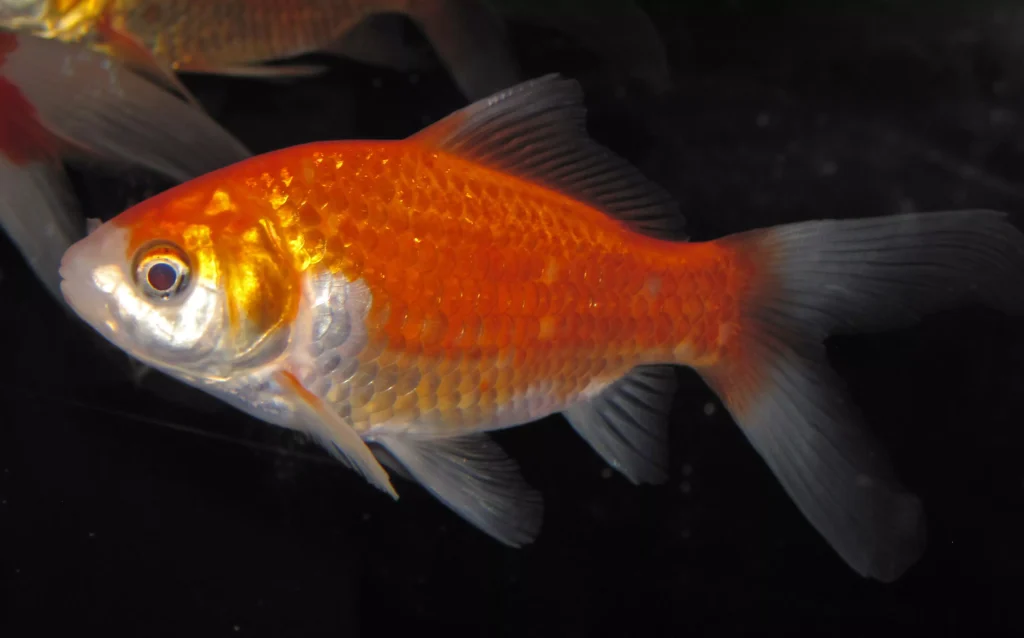
Varieties Suitable for Cold-Water Tanks
- Common Goldfish: Recognized by their single-tail and vibrant hues, common goldfish are hardy and well-suited for cold-water setups.
- Fancy Goldfish: With captivating features like double tails, unique body shapes, and various color patterns, fancy goldfish add a touch of elegance to cold-water aquariums.
Tips on Care and Tank Setup
- Spacious Environment: Goldfish thrive in spacious tanks with ample swimming room, ensuring optimal growth and development.
- Filtration and Aeration: Due to their messy eating habits, robust filtration and aeration systems are essential for maintaining water quality.
- Temperature Considerations: Keep the aquarium within the recommended cold-water temperature range for goldfish, promoting their overall well-being.
White Cloud Mountain Minnow
- Introduction: Originating from the mountainous streams of China, the White Cloud Mountain Minnow boasts a modest size and peaceful demeanor, making it an excellent choice for cold-water aquariums.

Hardiness and Suitability
- Cold-Water Adaptation: Thriving in temperatures between 64°F to 72°F (18°C to 22°C), these minnows are remarkably hardy and adaptable to various water conditions.
- Community-Friendly: White Cloud Mountain Minnows coexist peacefully with other cold-water species, fostering a harmonious tank environment.
Tips for Ideal Habitat
- Planted Aquariums: Mimic their natural habitat with a well-planted aquarium, providing hiding spots and simulating the conditions of their native streams.
- Moderate Flow: Maintain a moderate water flow to simulate the gentle currents of mountain streams, enhancing the well-being of these minnows.
Hillstream Loach
- Overview: Hailing from fast-flowing streams in Southeast Asia, the Hillstream Loach stands out with its flattened body and sucker-like mouth, adapted for clinging to rocks.
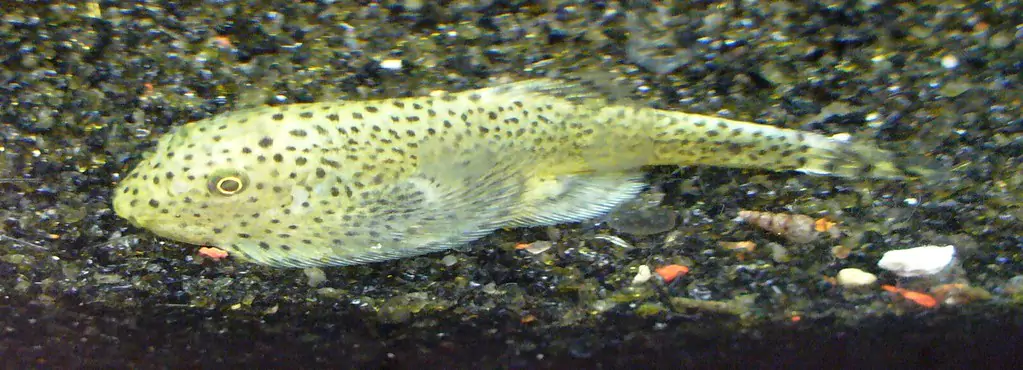
Unique Appearance and Characteristics
- Adapted for Flowing Water: Hillstream Loaches possess specialized adaptations for life in swift currents, including streamlined bodies and strong pectoral fins.
- Algae-Eating Abilities: Renowned for their algae-eating prowess, these loaches contribute to natural tank maintenance.
Care Guidelines for Cold-Water Setups
- Current Simulation: Replicate their natural habitat with a well-oxygenated tank featuring rocks and surfaces for them to cling onto.
- Balanced Diet: Ensure a balanced diet, incorporating sinking pellets and live or frozen foods to meet their nutritional requirements.
Rosy Red Minnow
- Introduction: The Rosy Red Minnow, a captivating variant of the Fathead Minnow, offers a dynamic addition to cold-water aquariums with its vibrant reddish-orange coloration.
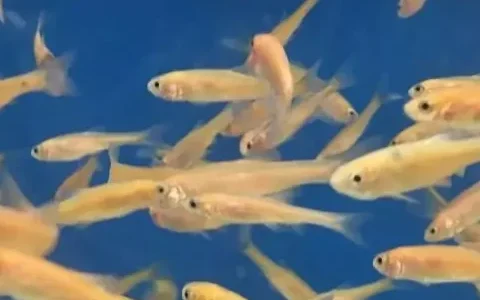
Compatibility and Tank Requirements
- Peaceful Community Member: Rosy Reds are known for their peaceful demeanor, making them compatible with various cold-water species.
- Schooling Behavior: These minnows thrive in schools, and maintaining a group enhances their social well-being.
Feeding and Tank Essentials
- Varied Diet: Offer a varied diet, including high-quality flakes, pellets, and occasional live or frozen foods to meet their nutritional needs.
- Ample Space: Provide a well-decorated tank with open swimming spaces, ensuring a stress-free environment for these vibrant minnows.
White Orfe
- Overview: The White Orfe, characterized by its slender body and silvery sheen, originates from European freshwater habitats.
Unique Appearance and Characteristics
- Swift Swimmers: Known for their graceful and rapid swimming, White Orfe add a dynamic element to cold-water aquariums.
- Longevity: With proper care, White Orfe can exhibit impressive longevity, becoming long-term companions in the aquarium.
Care Guidelines for Cold-Water Setups
- Adequate Space: Due to their swift nature, provide a spacious tank with ample swimming space.
- Water Quality Maintenance: Regular water changes and quality monitoring are crucial for ensuring the well-being of White Orfe in cold-water environments.
In curating a cold-water aquarium, the selection of these captivating fish species offers enthusiasts a mesmerizing glimpse into the diversity and beauty that thrives in cooler waters. Each species brings its unique charm, contributing to the creation of an enchanting aquatic symphony within the confines of the aquarium.
Cold-Water Tank Maintenance
Regular Water Testing
- Precision in Parameters: Regularly test water parameters such as temperature, pH, ammonia, nitrites, and nitrates to maintain a stable and healthy environment.
- Invest in Quality Testing Kits: Utilize reliable testing kits to ensure accurate results, allowing for prompt adjustments to maintain optimal conditions for cold-water species.
- Temperature Vigilance: Given the sensitivity of cold-water fish to temperature fluctuations, consistent monitoring is essential to prevent stress and health issues.
Proper Filtration
- Select Appropriate Filters: Choose filtration systems suitable for the size of the aquarium, ensuring efficient removal of debris, excess nutrients, and maintaining water clarity.
- Biological Filtration Importance: Emphasize the significance of biological filtration in establishing and maintaining a stable nitrogen cycle, crucial for breaking down harmful substances.
- Regular Filter Maintenance: Schedule routine cleaning and maintenance of filters to prevent clogging and ensure their optimal functionality, promoting a well-circulated and oxygenated environment.
Temperature Consistency
- Heater Efficiency: If a heater is utilized to maintain a consistent temperature, ensure its efficiency and reliability to prevent sudden temperature fluctuations.
- Seasonal Adjustments: Be mindful of seasonal temperature changes, making necessary adjustments to the heater settings or considering alternative cooling methods as needed.
Monitoring Oxygen Levels
- Aeration Systems: Employ aeration systems, such as air stones or diffusers, to enhance oxygen exchange in the water, crucial for the well-being of cold-water species.
- Surface Agitation: Promote gentle surface agitation to facilitate oxygen absorption and maintain optimal oxygen levels, especially in densely stocked aquariums.
Regular Water Changes
- Scheduled Water Changes: Establish a routine for partial water changes to remove accumulated impurities, replenish essential minerals, and promote overall water quality.
- Use Conditioned Water: Ensure that water added during changes is properly conditioned to eliminate chlorine or chloramine, safeguarding the health of cold-water inhabitants.
Aquarium Cleaning Practices
- Substrate Maintenance: Regularly vacuum the substrate to eliminate uneaten food and waste, preventing the buildup of harmful substances.
- Algae Control: Implement algae control measures, such as manual removal and maintaining a proper light cycle, to prevent excessive algae growth.
Disease Prevention Strategies
- Quarantine New Additions: Prioritize quarantining new fish additions to prevent the introduction of diseases to the main aquarium.
- Observation and Prompt Action: Regularly observe fish behavior and appearance for signs of illness, taking prompt action in the event of any abnormalities.
In the meticulous care of a cold-water aquarium, adherence to these maintenance guidelines becomes the foundation for creating a thriving aquatic haven. Regular monitoring, coupled with proactive adjustments, ensures that the delicate balance of the ecosystem remains intact, allowing enthusiasts to revel in the beauty and vibrancy of their cold-water companions.
Common Mistakes to Avoid
Inadequate Research Before Stocking
- Mistake: Hasty decisions without thorough research can lead to inappropriate fish choices, resulting in compatibility issues or improper care.
- Solution: Prioritize comprehensive research on the specific needs and behaviors of cold-water fish species. Consult reputable sources and seek advice from experienced aquarists before stocking your aquarium.
Overstocking the Aquarium
- Mistake: Overcrowding diminishes water quality, increases stress among fish, and intensifies maintenance demands.
- Solution: Adhere to recommended stocking guidelines, considering the adult size and territorial nature of each species. Maintain a balance to ensure a harmonious and healthy environment.
Neglecting Water Parameters
- Mistake: Failing to monitor and regulate essential water parameters, such as temperature and pH, can lead to stress, illness, and even fatalities.
- Solution: Regularly test water parameters and invest in reliable testing equipment. Implement adjustments gradually to avoid sudden changes that may impact the well-being of the fish.
Inadequate Filtration and Aeration
- Mistake: Insufficient filtration and aeration compromise water quality, leading to the accumulation of toxins and increased susceptibility to diseases.
- Solution: Select appropriate filtration systems based on tank size, and ensure regular maintenance. Integrate aeration devices to promote oxygen exchange and maintain optimal conditions for fish health.
Poor Tank Maintenance Practices
- Mistake: Irregular water changes, neglecting substrate cleaning, and improper maintenance of filters contribute to deteriorating water quality.
- Solution: Establish a consistent maintenance routine, including regular water changes, substrate vacuuming, and thorough cleaning of filters. Diligence in these practices promotes a clean and stable environment.
Ignoring Signs of Illness
- Mistake: Overlooking behavioral changes or physical abnormalities in fish may lead to the spread of diseases and compromise the overall health of the aquarium.
- Solution: Conduct regular observations of fish behavior and appearance. Act promptly at the first sign of illness, isolating affected individuals if necessary, and seek guidance from a knowledgeable source.
Temperature Fluctuations
- Mistake: Allowing significant temperature fluctuations can stress cold-water species, compromising their immune systems and overall well-being.
- Solution: Invest in reliable heaters and monitor ambient temperature to maintain consistency. Be mindful of seasonal changes and adjust heating or cooling methods accordingly.
Impulsive Introduction of New Fish
- Mistake: Adding new fish to the aquarium without quarantine increases the risk of introducing diseases and parasites.
- Solution: Quarantine new additions for a sufficient period, closely monitoring their health before introducing them to the main tank. This preventative measure protects the existing inhabitants from potential infections.
Inadequate Planning for Tank Size
- Mistake: Choosing a tank that is too small for the selected fish species limits their growth, compromises water quality, and hinders their overall well-being.
- Solution: Prioritize a spacious tank that accommodates the adult size of the chosen fish. Follow recommended guidelines for minimum tank size based on species requirements.
Lack of Patience in Tank Cycling
- Mistake: Introducing fish to a newly set up tank before it has completed the nitrogen cycle can expose them to harmful ammonia and nitrite levels.
- Solution: Exercise patience during the tank cycling process. Allow sufficient time for beneficial bacteria to establish, ensuring a stable and safe environment for the fish.
By steering clear of these common pitfalls and embracing informed practices, enthusiasts can navigate the waters of cold-water aquariums with confidence, fostering a thriving and harmonious aquatic ecosystem.
Conclusion
In the delicate dance of cold-water aquariums, we’ve explored the intricate balance required to create a flourishing aquatic haven. From the graceful movements of goldfish to the swift elegance of White Cloud Mountain Minnows and the unique charm of Hillstream Loaches and Rosy Red Minnows, each species adds its own melody to the aquatic symphony. As custodians of these watery realms, it is imperative to avoid common pitfalls, maintaining precise water conditions, and embracing thoughtful practices. Let this guide serve as an invitation to embark on a journey of discovery within the mesmerizing world of cold-water aquariums. Share your experiences, ask questions, and foster a community of enthusiasts who, like you, appreciate the tranquility and beauty found beneath the surface of a well-maintained cold-water tank. Dive into this captivating realm and let the aquatic adventure unfold.
Additional Resources
Forums for In-Depth Discussions
Explore the wealth of knowledge and experiences shared by fellow enthusiasts on reputable forums like AquariumAdvice and Fishlore. Engage in conversations, seek advice, and contribute to a vibrant community dedicated to cold-water aquarium excellence.
Recommended Products for Cold-Water Success
- Reliable Heaters: Ensure temperature consistency with high-quality heaters like Eheim Jager Aquarium Thermostat Heater to safeguard the well-being of your cold-water companions.
- Advanced Filtration: Optimize water quality with efficient filtration systems such as the Fluval External Canister Filter, designed to maintain crystal-clear water and a healthy aquatic environment.
Educational Reads for Enthusiasts
- Delve deeper into the intricacies of cold-water aquarium keeping with insightful reads like The Complete Idiot’s Guide to Freshwater Aquariums by Mike Wickham, offering practical tips and expert guidance for enthusiasts of all levels.
These resources aim to augment your journey in cold-water aquarium keeping, providing a platform for knowledge exchange and access to top-notch products. Equip yourself with the insights shared by the community, invest in reliable equipment, and let your passion for cold-water aquariums flourish.
Frequently Asked Questions (FAQs)
1. Can goldfish live in cold water, and what are the ideal conditions for them?
Yes, goldfish thrive in cold-water aquariums. Ideal conditions include temperatures between 50°F to 70°F (10°C to 21°C), a spacious tank, and proper filtration. Ensure a well-balanced diet and monitor water parameters regularly for their well-being.
2. Are White Cloud Mountain Minnows suitable for cold-water setups, and how can I create an ideal habitat for them?
Absolutely, White Cloud Mountain Minnows are well-suited for cold-water aquariums. To create an ideal habitat, maintain temperatures between 64°F to 72°F (18°C to 22°C), incorporate live plants, and provide moderate water flow. These minnows thrive in a peaceful, well-decorated environment.
3. What makes Hillstream Loaches unique, and how should I care for them in a cold-water setup?
Hillstream Loaches are distinctive with their flattened bodies and are adapted for life in flowing waters. To care for them, simulate their natural habitat with rocks for clinging and maintain a well-oxygenated tank. Offer a balanced diet, including sinking pellets and live/frozen foods.
4. Can Rosy Red Minnows be kept in a cold-water aquarium, and what are their compatibility considerations?
Yes, Rosy Red Minnows are suitable for cold-water setups. They are generally peaceful and compatible with other cold-water species. Maintain them in schools for optimal well-being and provide a well-decorated tank with open swimming spaces.
5. What other cold-water fish species can I consider for my aquarium, and what are their unique characteristics?
Consider the White Orfe, known for its slender body and swift swimming. Provide a spacious tank for their active nature, and monitor water quality closely. White Orfe contribute to the dynamic appeal of cold-water aquariums with their silver sheen and longevity.

